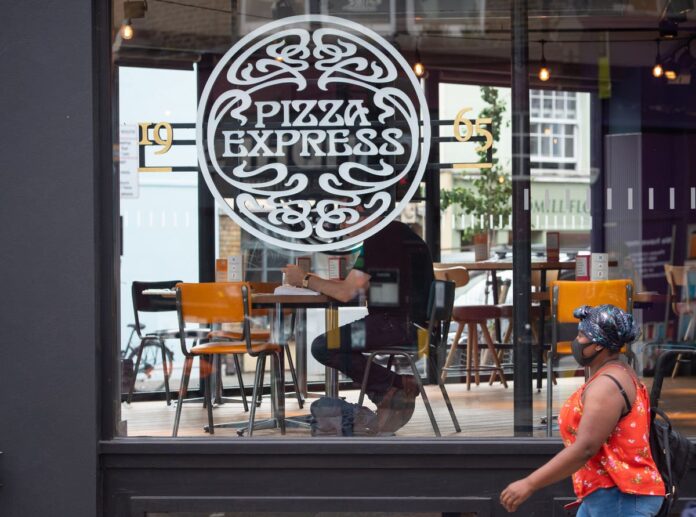The cost of eating out has skyrocketed by almost 15 per cent in a year, a study has found. The average item in British restaurants is £2.50 more expensive in 2023 than in 2022, according to marketing consultancy firm Lumina Intelligence. Its menu tracker found that the prices for non-alcoholic drinks rose by 8 per cent to an average of £3.12, while alcoholic drinks were nearly 11 per cent more expensive, with an average of £10.67. Cocktails are now nearly 30 per cent more expensive than single measure spirits, such as vodka or rum, with the most expensive cockails being margaritas and spritzes. It said that chains had increased the price of menu items by nine per cent on average. Lumina’s menu tracker, covering quick service restaurants, pubs, chain restaurants, and coffee shops, found that brands across all channels increased their offerings, as the number of menu items rose to 163 on average – an increase of nearly 10 per cent. These dishes, which incorporate premium ingredients such as truffle, salmon, and saffron, were more than £1.50 higher than other dishes in the same category (sides, mains, desserts). For instance, Zizi has introduced new dishes such as the hot smoked salmon carbonara, and truffle & pancetta carbonara which cost £16.95, or £3 more than the spaghetti bolognese. Restaurants are also ‘targeting the growing trend for indulgence’ by introducing more cheese-based starters, the study found, such as the cheese filled gnocci cites at Bella Italia which are priced at £7.95. Other starters, including the garlic flat bread, are much cheaper. Pubs and bars have expanded their drink options, with a greater number of both alcoholic and non-alcoholic options as compared to last year. Chain bar Revolution has introduced hot drinks, such as flavoured teas and hot coffees, in order to cater to different groups of people at different times of the day. ‘Operators are using descriptors including ‘rich’, ‘hearty’, ‘elegant’, and ‘enriched’, to communicate high quality to consumers,’ the report noted. ‘We’ve seen a number of operators increase the number of indulgent items they have on their menus to help increase their average spend. We’ve seen this across the board as operators try to manage cost pressures,’ insight director at Lumina, Blonnie Wight told The Independent. ‘In a market where margins are thin and price sensitivity is high, adding new indulgent offerings allows restaurants to create a perception of enhanced value and increase temptation,’ she added.
Cost of eating out surges nearly 15 per cent as popular chains hike prices
Sourceindependent.co.uk
RELATED ARTICLES


